This feature was taken from our special Fleet Operational Excellence report
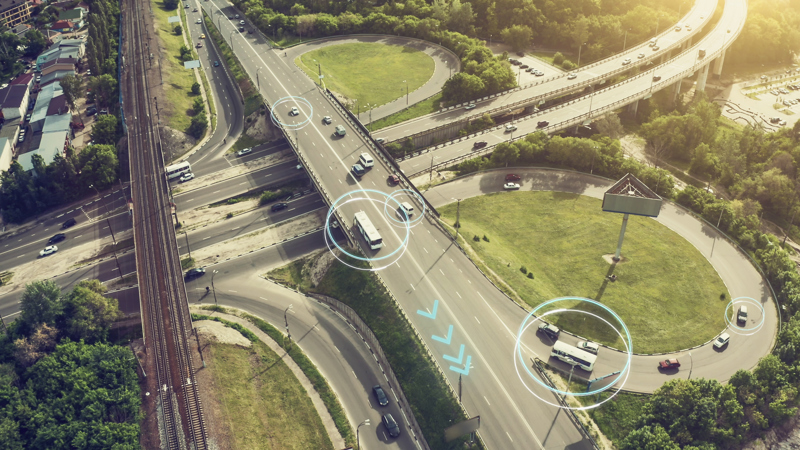
The ability of telematics to provide real-time insights into where and how a vehicle is being driven makes it one of the most powerful weapons in a fleet decision-maker’s arsenal.
The information it provides covers driver behaviour, vehicle utilisation, predictive maintenance, decarbonisation, and much more.
However, dealing with that amount of data can cause its own problems.
“Our experience is that use of telematics requires discipline,” says Ryan Bushell, head of public sector at Enterprise Mobility.
“The consumer of the data can get carried away with all of the possibilities. Experience tells me the moment the data is available, you kind of get a creep remit where you think ‘what about this? What about that?’, and then suddenly you’re drowning in data.
“This is a real challenge for fleet managers who have such a difficult and rapidly evolving job.
“They should refer back to the what the primary objective was to fit telematics in the first place and use that as the focal point.
“Once that has been achieved, they can move on to the next thing, and then the next. The cliché would be ‘don’t be a mile wide and an inch deep’. Be really focused and have a clear vision of what you are trying to achieve.”
The required data should also be presented in a clear and easy-to-understand way so the fleet manager can identify the areas they need to address or the actions they should take.
“Nobody really wants the data itself,” says Franck Leveque, vice-president strategy and innovation at Bridgestone Mobility Solutions.
“What fleets want to be able to act on are specific situations based on data so they can take the right decision at the right time.”
Driving improvement
One of the traditional ways fleet decision-makers use telematics is to improve driver behaviour, and this continues to be a vital benefit.
The technology can be configured to record events such as harsh acceleration, sudden braking or hard cornering: all manoeuvres which increase the risk of a collision, as well as burn extra fuel.
“You can understand if a driver is having a direct impact on risk, sustainability and fuel economy,” says Leveque.
“This information should not be used as a stick to beat drivers with, but as a carrot to motivate them to improve the way they drive, to provide them with training and coaching that will actually help them improve as well as improving the operation and the bottom line of the fleet.”
Combining telematics with in-cab cameras adds an extra dimension. Some systems can relay video footage of an incident directly back to fleet decision-makers as soon as it has happened, allowing them to see what had occurred.
As well as helping identify any training needs, this can also allocate blame for the collision, therefore protecting employees if they are unfairly accused of causing an incident.
Telematics can also be used to help fleets electrify their vehicles, by analysing journey profiles and matching them to the range capabilities of electric vehicles to identify which petrol and diesel cars and vans can easily be switched to zero emission.
It can also highlight changes in working practices necessary to switch other vehicles.
This data should be viewed against the replacement schedules of existing vehicles. For example, it may be that a vehicle which is due to be replaced soon, but its role is currently not suited for electrification, could be switched with another where a BEV would be suitable.
In taking these steps, fleet decision-makers can develop an accurate electrification roadmap that encompasses business need, vehicle availability and renewal timings.
Telematics and routing software can also help employers manage where the vehicle is charged.
“The data provided from telematics can also help businesses bridge the gap between their current status and their electric future,” says Lightfoot managing director and Association of Fleet Professionals chair Paul Hollick.
“When you consider the challenges fleets are facing in terms of supply cost, charging infrastructure and driver reticence, the need to decarbonise an existing ICE fleet becomes more important – real-time in-vehicle coaching can drive this process by ensuring drivers are smoother, safer and more efficient.”
This is how foodservice equipment transport provider Keith Elkington Transport, which operates eight HGVs and 28 3.5-tonne Luton Box vans, is using the technology.
“Organising an environmentally-friendly fleet is a top priority for us,” says Oli Elkington, its managing director.
“However, due to the heavy payload nature of our business and our nationwide delivery schedule, transitioning to electric isn’t a viable option now.
“With our Webfleet OptiDrive 360 system, we can now monitor the quality of driving out on the road, with real-time feedback in the cab helping our drivers operate much more efficiently.
“We can track and address incidents of harsh braking, speeding and harsh cornering as well as idling.
“Far from feeling watched over, our drivers have welcomed the move and it has encouraged some healthy competition on who is improving fastest.”
Harnessing this competitive spirit is often described as gamification and includes tools such as league tables comparing driver performances, with prizes or bonuses for the best performers.
“It is also important to ensure drivers are motivated to use telematics tools effectively – rewarding drivers for better driving through gamification is one such way of doing this and is only going to increase in popularity,” says Hollick.
Artificial intelligence
Generative artificial intelligence (AI) will make telematics much easier for a fleet decision-maker to use in the future, says Leveque.
“Today, a fleet manager deals with dashboards and reports,” he adds.
“Tomorrow, Gen AI is going to allow you, as a fleet manager, to say ‘can you give me the five vehicles that have experienced the most safety challenges in the past three months?’, and you will get that information.
“You will be able to ask ‘can you give me the five vehicles that have had the highest fuel consumption outside of the norm?’ and you’ll have it.
“It will allow you to access the information you need when you want it, and that’s going to change the experience we are going to give to the fleet manager and the drivers.”
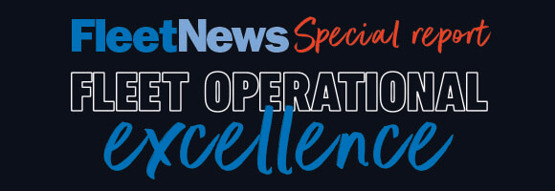
Boost efficiency, cut costs and improve compliance across all areas of your business with the Fleet News Operational Excellence report.
Delve into crucial topics for effective fleet management, including electrification, digitalisation, alternative funding, and compliance. To give you an edge, we've gathered insights from top industry experts who reveal their best practices and innovative strategies.
Dive into these highlights and read the full report to unlock the secrets of running a more efficient and effective fleet operation.
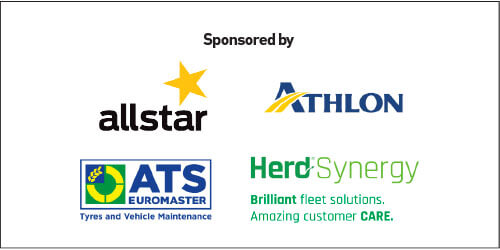







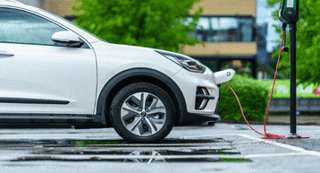

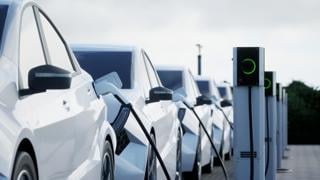













Login to comment
Comments
No comments have been made yet.